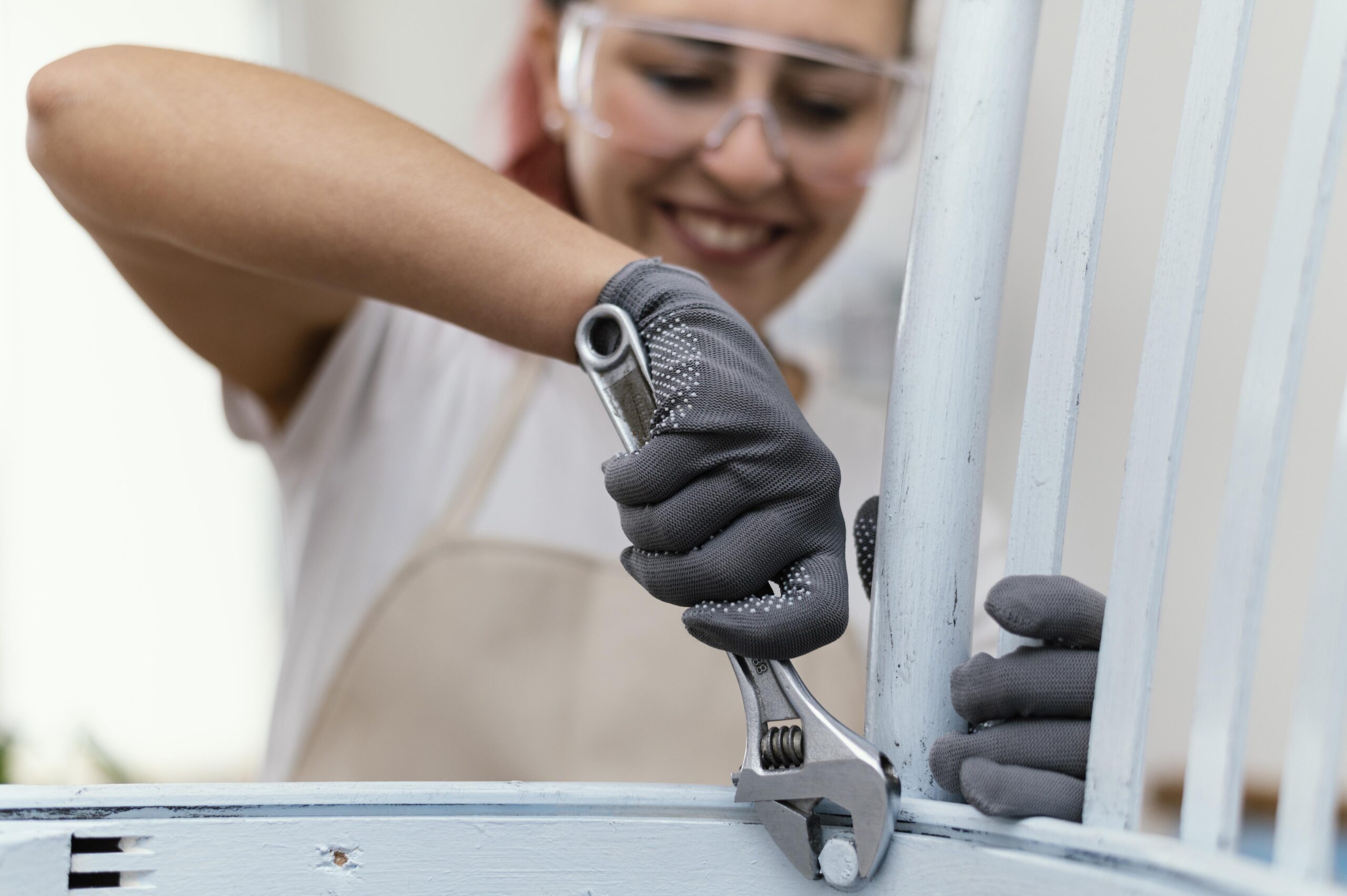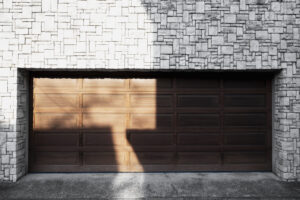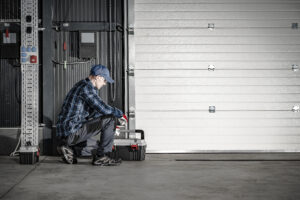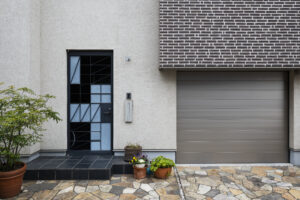An essential component of contemporary home convenience, a garage door opener can occasionally have problems just like any other mechanical item. Gaining knowledge about Garage Door Opener Problems can help you save time and money. Here are a few of the most common problems garage door openers cause homeowners, along with solutions.
Garage Door Won’t Open or Close
The inability of the door to open or close is one of the most frequent problems with garage door openers. Check the wall switch and the remotes first. You may need to change the batteries in the remote control or reprogram it if the door opens while using the wall switch but not the remote. Make sure the motor unit is connected in and check the circuit breaker or fuse if the door is not operated by the remote or wall switch. If this is the case, the problem may be with the power source.
Garage Door Reverses Before or After Hitting the Floor
Your garage door may have a problem with the close-force setting if it reverses before it reaches the ground. The same holds true if the door strikes the floor and then reverses; this indicates that the setting may be excessively sensitive and has to be changed. To learn how to correctly alter these settings, go to your owner’s handbook. Examine the safety sensors that are situated at the base of the door tracks as well. The door will reverse if they are out of alignment or blocked in order to avert a possible accident.
Garage Door Makes Excessive Noise
Operations that are noisy may indicate a problem. Your garage door may need to be lubricated, have worn rollers, or have loose hardware if it is noisy. To test if this fixes the problem, tighten all the nuts and bolts, replace any worn rollers, and lubricate the springs and chains using garage door lubricant.
Garage Door Opener Does Not Work in Cold Weather
A garage door opener may occasionally experience issues when it becomes cold outside. This might happen if the lubrication gets thicker and the door sticks. The opener’s sensitivity settings can be changed to fix this. Using a silicone-based lubricant on the tracks and moving parts is also a smart option because these materials are made to withstand high temperatures.
The Motor Continues to Run After the Door Closes
If the motor keeps running after the door has closed, it’s likely that the limit switch needs to be moved away from the motor unit. This switch is responsible for stopping the motor once the door has fully opened or closed. Adjusting this can be delicate, so refer to your manual for instructions.
Conclusion
Most garage door opener issues can be solved with a little troubleshooting and minor adjustments. Regular maintenance, such as checking alignment, lubricating moving parts, and testing the auto-reverse feature, can prevent many problems before they start. However, if you find that the issue persists or the repairs require technical expertise, it might be time to call a professional technician. Keeping your garage door opener in good working order ensures it will serve you well for many years.



